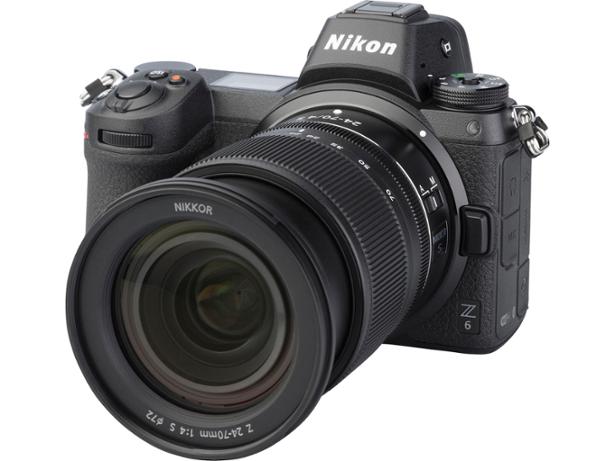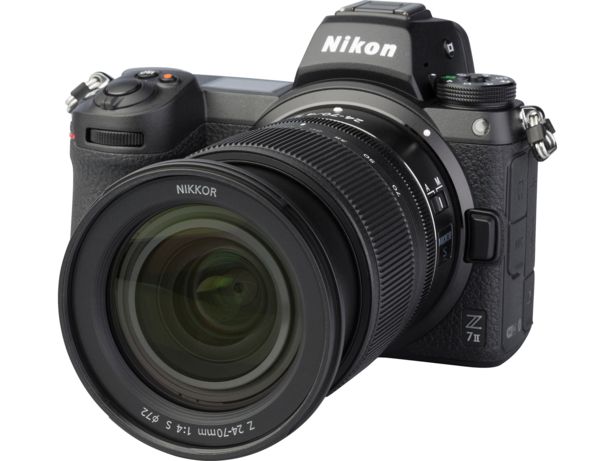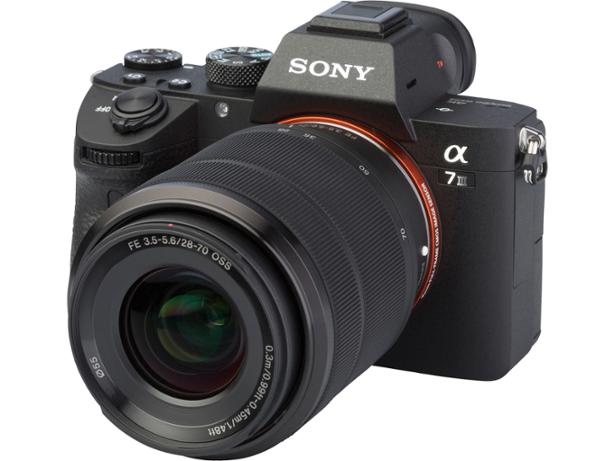How to buy a second-hand or refurbished camera

There are a lot of ways to spend a lot of money on a new camera. Top-of-the-line models will easily take you into the £1,000, £2,000, £3,000+ price range, and that’s before you take into account the accessories any burgeoning photographer is going to want: lenses, camera cases, tripods – the list goes on.
Thankfully, there is a large and lively second-hand market for cameras and their accessories, found in specialist shops, online retailers and online marketplaces. Opting for a used or refurbished camera is a great way to get a high-end camera for a lower price, but there are a few things you should keep in mind before you buy and get snapping away.
To find out which cameras have scored top marks in our rigorous lab tests, consult our guide to the best DSLR and mirrorless cameras, or take a look at the best compact cameras.
Is it a good idea to buy a second-hand camera?

There are plenty of reasons to buy a second-hand digital camera, and the most obvious one is the possibility of a bargain. If you’re trying to invest in a great camera but can’t stomach the eye-watering prices of new models, second-hand is the way to go.
That’s not the only benefit though: buying used is a much more eco-friendly way to spend your money. The throwaway culture that has been cultivated worldwide over the past few decades sees products being used for a short period before being relegated to landfill. This is incredibly wasteful, especially in the case of highly intricate and complex pieces of kit like digital cameras. There is no need to be constantly chasing after the latest models when the old favourites can (most of the time) do just as good a job.
Buying second-hand also supports small businesses and individual sellers.
However, buying second-hand does come with an element of risk, and there are a few things you should keep in mind before making your purchase.
Cameras aren't the only products worth looking out for in the second-hand market – check out our guides to buying a second-hand phone, and buying a second-hand laptop.
What to look out for when buying a second-hand camera
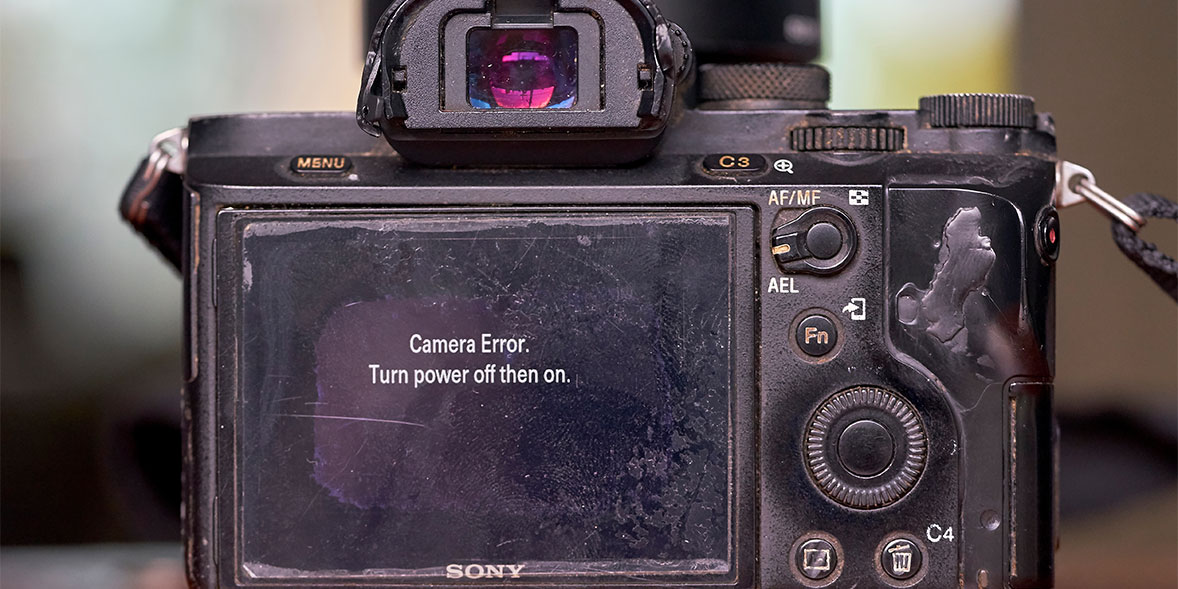
Whether you’re buying in person or online, ensure that you can see enough photos or get hands-on with the camera to assess its condition. Many used digital cameras have been well cared for, but some may have had tough old lives, with the battle scars to prove it. Look for scratches on the lens, cracks in the body, and any other signs of wear and tear. If you can, try taking some test shots with it to check how the images come out.
A great thing to check is the shutter count, which is the number of times the shutter has been fired in its lifetime – essentially, the number of photos taken on the camera. This is analogous to the mileage on a car: the higher the count, the heavier usage, the (generally) less reliable it will be going forward. Most entry-level DSLR or mirrorless cameras are rated to last for at least 100,000 shutter actuations; higher-end models get closer to the 200,000 mark. With this in mind, it’s generally advisable to opt for a used camera with a shutter count below 50,000.
Finding the shutter count is a bit of a faff. Usually the only way to do it is to upload a photo from the camera to specialist websites that extract the count from the photo’s metadata. Nevertheless, if this information isn’t provided or the seller is unwilling to do this, it’s a red flag.
You should also make sure that the seller is reputable. Be especially wary of this when buying from an online marketplace like eBay – look for feedback from other users about the seller you’re purchasing from.
Finally, make sure you know what you’re getting. Before buying anything, do some research on the camera model you’re interested in. You want to make sure that it’s still compatible with modern equipment, to know you can get the most use out of it. You should also ask or ensure that the seller includes all accessories, such as batteries, chargers, cables and memory cards.
Unsure which type of digital camera to opt for? Check out our guide to the different types of digital cameras.
Best second-hand cameras
There are a lot of second-hand cameras on sale online and in camera shops all over, so if you already have a particular model in mind, it's likely you'll be able to find it.
If not, we've listed a few popular models here, both to give you some inspiration and to demonstrate the savings that can be made by opting for used models.
Note that second-hand cameras might not perform the same as in our digital camera reviews because these are all based on testing brand-new cameras.
Sony Alpha 7 III (RRP: £1,899. Used: £1,000-£1,300)

The Sony Alpha 7 III was a great camera when we reviewed it at its release in 2018, and years later that hasn’t changed. With excellent build quality, fast shutter speeds and accurate autofocus, this seems like it would still be a great option for a high-end camera if it was released today. The 4K video recording included helped set it apart from competitors when it came out, and in effect future-proofed it: even now, you’d struggle to find many comparable cameras that record at a higher resolution.
Sony has since released the Alpha 7 IV, which builds upon the III’s performance with an improved menu system, and higher resolution photos. Check out our Alpha 7 IV review to see if you want to opt for the newer model. The Alpha 7 IV is priced (new) at about £2,600, but you can find the Alpha 7 III second-hand at around half the price, at approximately £1,000-£1,300.
Read our full review of the Sony Alpha 7 III to find out more.
Nikon Z7 (RRP: £2,399. Used: £1,600-£1,900)
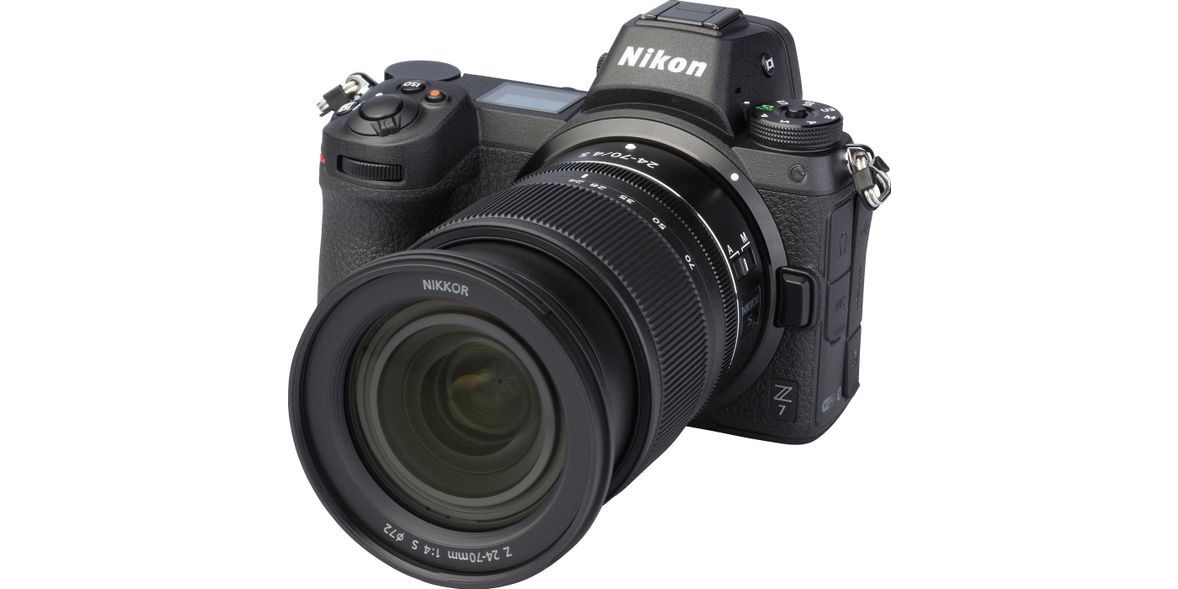
Another mirrorless camera from 2018, the Nikon Z7 impressed us with its sharp OLED viewfinder and large sensor size. It can also shoot video in 4K UHD resolution, and has wi-fi and Bluetooth support to control the camera remotely or transfer photos and videos.
When it was released, the Z7 was expensive. This was compounded by its proprietary 55mm bayonet lens format, which rendered any user’s old lenses redundant (although a mount adapter is available to bridge the gap) and restricted the number of compatible lenses available. Five years on, Nikon has built upon this new lens format and there is now a wide range of Z-mount lenses available for all of your photography needs. You can find a second-hand Z7 for about £1,800.
Read our review of the Nikon Z7 to get the full results.
Canon PowerShot G7 X Mark II (RRP: £570. Used: £350-£400)
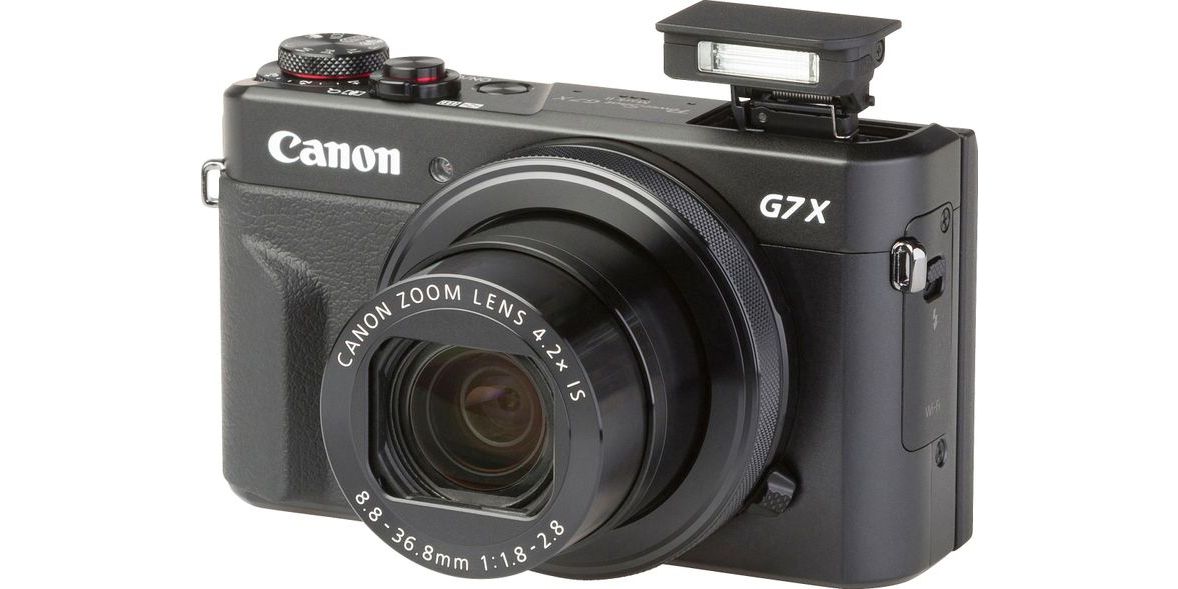
If you’re after a cheaper compact camera, 2016’s Canon Powershot G7 X Mark II could be the one for you. This pocket-sized camera is all about ease of use, and we were impressed with its image quality in low-light conditions.
The Mark III, which was released in 2019, added to the Mark II with improved video capabilities, allowing users to shoot video in 4K resolution. A worthwhile upgrade for any budding videographers, which you can read about in our full Mark III review.
You can find a Powershot G7 X Mark II for between £300 and £400. Mark IIIs are a little harder to come by on account of being more recently released, but if you fancy opting for one you can expect to pay something around the £500 mark.
Check out all of the details in our full review of the Canon PowerShot G7 X Mark II.
Nikon D850 (RRP: £2,799. Used: £1,500-£1,800)
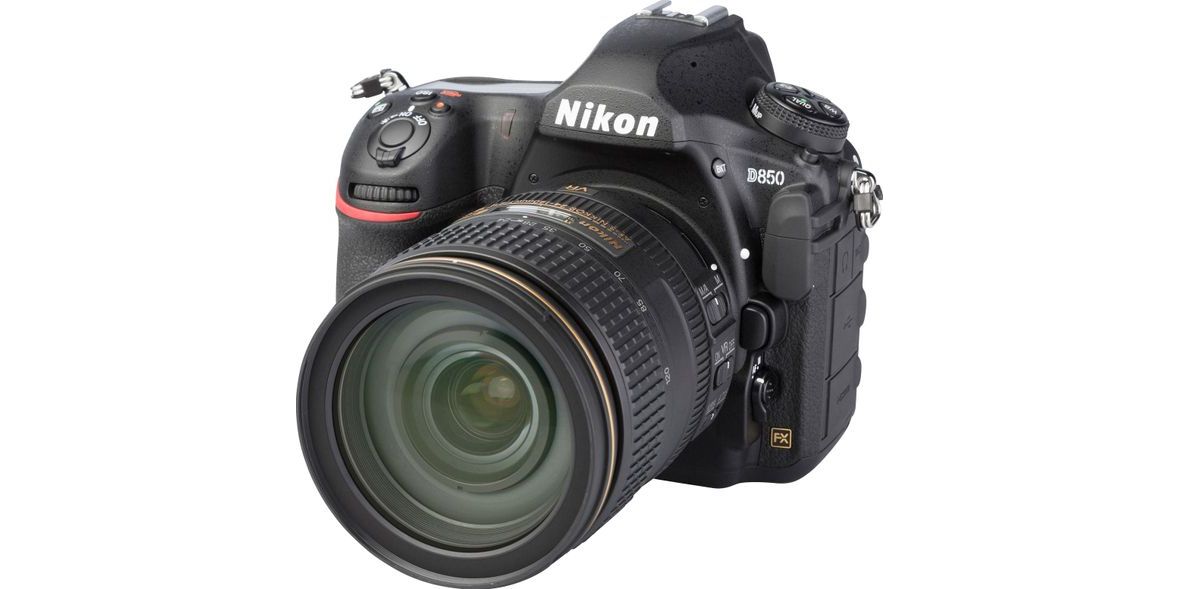
Although advances in mirrorless technologies have seen interest in DSLRs decrease in recent years, the Nikon D850 produces detailed images, with fast shutter and autofocus speeds, and a bevy of wireless connectivity options.
This is a camera for professional photographers earning professional photographer money, retailing at £2,799. On the second-hand market, you can get it at a massively cutdown price of around £1,800.
Read our Nikon D850 review to see how it fared when we tested it as new.
Canon EOS M200 (RRP: £570. Used: £400-£450)

Canon's EOS M200 released towards the end of 2019, promising that it would be a step up from your smartphone's camera. This is one of the cheapest mirrorless cameras on the market, with a wide range of interchangeable lenses and a decent-sized sensor. It's really light, and with multiple auto-modes and autofocus it's easy to pick up and shoot.
It also can record video in 4K resolution, and wi-fi and Bluetooth connections make it easy to remotely control and share photos and videos online – accordingly, Canon market this camera as ideal for vloggers.
Its retail price seems to be good value when you consider its impressive tech specs, but you might be able to get even better value if you get your hands on a used or refurbished one. Check out our full Canon EOS M200 review for more details.
You can find most cameras that are from well-known brands on the second-hand market, so see all of our digital camera reviews to pick out the model for you, new or used.
Used or refurbished cameras: what’s the difference?
When shopping for a second-hand camera, you may be wondering if you should buy a used model or a refurbished one.
Refurbished cameras
These are sold directly from a manufacturer, retailer or reseller. Refurbished cameras have been previously owned, but they have been cleaned, tested and repaired to like-new condition, or have details on their quality included, so you know exactly what condition the camera will be in before you buy.
Prices will often be higher than on the second-hand market, as the cameras have been checked over by professionals to ensure they're in working order and in good physical condition. You're guaranteed a warranty of some sort, as refurbished cameras are sold to you by a professional retailer. Generally, the selection of refurbished cameras available to you in any given shop or website is more limited than that of used cameras.
Used cameras
Used cameras have the advantage of being more affordable than refurbished models. You can often find a good quality used camera for a fraction of the price of a new one. However, used cameras may not come with a warranty, and you may have to pay for repairs or replacement parts if something goes wrong.
You can get a great price on a used camera, as sellers may not know how much a used camera is truly worth. Online auctions often result in low final prices too.
But be warned – the camera may well look visibly worn, and it may not come in its original box or even with the correct accessories such as a charger and battery.
When buying a used camera, check out the seller carefully: research the business you're buying it from, or if it's an individual seller online, look for feedback from other users who have bought from them previously. Look for the policies about returns and faulty goods that the online marketplace you use has, such as eBay's 'Money Back Guarantee', which promises to get your money back if you have a dispute with a seller that is not resolved through contact between buyer and seller.
Find out more about your rights when buying second-hand goods.
Second-hand cameras warranty
One of the big perks of buying a brand new camera, either outright or on contract, is that you receive both a retailer and manufacturer warranty as standard. When you buy second-hand or refurbished, things can work a little differently.
Refurbished or second-hand cameras from a retailer
If you buy a camera either second-hand or refurbished from a retailer (such as Nikon or CeX), your consumer rights are very similar to if the camera was brand new.
You receive whatever sort of warranty the retailer offers as standard, plus basic protection from the Consumer Rights Act 2015. You still have a 30-day right to reject if the camera isn't as described, fit for purpose or of satisfactory quality. If you discover a fault within the first six months, it is up to the retailer to prove it wasn't there at the point of sale.
You also may be covered by the manufacturer warranty, even if you are not the original owner. Manufacturer warranties do not renew when the item changes hands.
Second-hand cameras from private sellers
Buying from a private seller (as you would do on eBay, for example) leaves you less protected. The manufacturer warranty still applies, as above, but your consumer rights are slightly different.
The item you receive must still be as described to you by the seller – so a camera listed as 'new', for example, must be genuinely unused. The seller doesn't have to disclose faults, but they aren't allowed to misrepresent it, either. This creates a fine line: a camera that doesn't turn on cannot be listed as 'working', but it doesn't have to be listed as 'not working', either. Always be sure to ask the seller questions if you have any doubts.
You will not receive protection from the Consumer Rights Act, so the six-month return window does not apply, but some online marketplaces do offer some kind of guarantee or insurance on goods that are faulty or not as described.
Buying second-hand lenses
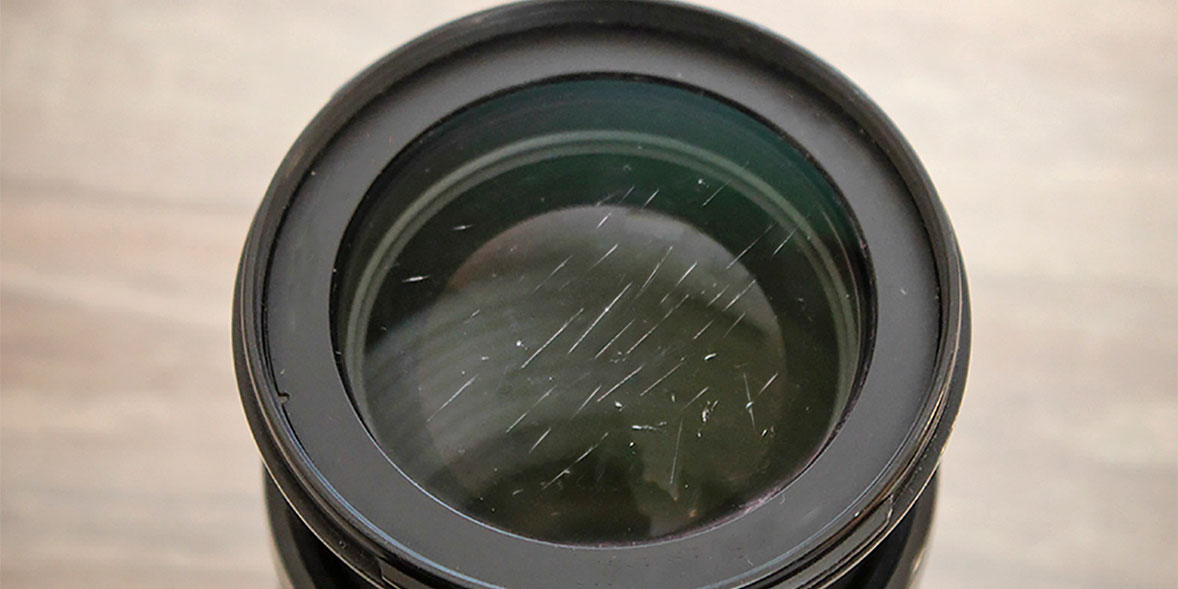
There are generally two types of photographers: those who prefer prime lenses and those who prefer zoom lenses. Prime lenses are typically faster, sharper and have less distortion than zoom lenses. They also tend to be less expensive. Zoom lenses, on the other hand, offer the convenience of being able to shoot at a variety of focal lengths without having to change lenses.
For the most part, second-hand lenses are a great way to save money, especially if you know what you're looking for. That said, there are a few things to keep in mind when buying second-hand lenses. First, be sure to inspect the lens for any scratches, dents, or other damage. A little scratch on the outside or some worn off paint is generally no big deal, but any scratches on the glass itself make the lens a no-go. Similarly, any dents are a big red flag: if it's been smacked about enough to be dented, there's likely something wrong with the internals of the lens and how it functions.
Shining a light into the lens will make any blemishes or chips fairly obvious, and keep an eye out for any fungus or mould developing. Play around with any of the buttons and switches on the lens – make sure they actually work, and aren't sticky or fully stuck. Give the zoom and focus rings a spin, too – they should rotate smoothly, with a little bit of consistent resistance. Listen and feel for something grinding, as this would tend to indicate some sand or grit stuck inside the lens, which is a nightmare to get out and can damage the lens over time.
If possible, test that the lens is compatible and if there are any issues with autofocusing (if it is an autofocusing lens) or image quality. At the very least, ensure whatever lens you buy will work with the camera you’ve bought it for.
Keep in mind that just like cameras, some second-hand lenses may not come with a warranty. If you're buying from a reputable source, such as a camera store or online retailer, you should be covered if there are any problems. However, if you're buying from an individual seller, it's important to ask about the warranty (if any) before making a purchase.
Finally, second-hand lenses may not come with all the accessories you would get with a new lens. For example, you may not get a lens hood, lens caps or a tripod collar. If these items are important to you, be sure to ask about them before making a purchase.
Once you've got your camera and some suitable lenses, its time to go out and shoot. Read our expert tips on how to shoot and edit photos like a pro.
Where to buy a used camera
There are plenty of ways to get a bargain price on your next camera without having to take risks or compromise on quality.
When you're shopping online for a replacement camera, make sure you’re handing over your money to a reputable seller. If possible, check the retailer's returns policy and also have a look at some customer reviews.
Popular retailers that stock second-hand cameras include:
- Amazon stocks thousands of cameras from brands including Nikon, Canon and Fujifilm. You can search by using the 'Condition' filter and selecting 'Used' or 'Renewed' (Amazon's term for refurbished), or select a camera model and look to the right of the screen for the New & Used button.
- CeX stocks various used cameras and lenses in a range of conditions. Each camera is assigned a grade so you know the condition of the model you're purchasing.
- eBay is home to plenty of used cameras. Depending on the seller, you can submit an offer or buy the camera right away. Bear in mind there's a higher risk buying from an individual, though you may get a better price.
- Wex Photo Video stocks used cameras from brands including Sony, Panasonic and Nikon. They also have some high street stores in the UK.
- Jessops has a selection of used cameras that its team have refurbished, and it offers guarantees of up to 12 months.
- Nikon has a page it updates with a limited selection of cameras and lenses it has restored to meet factory specifications.
Find out the retailers that are rated highly by Which? members with our expert guide on the best and worst tech shops.
